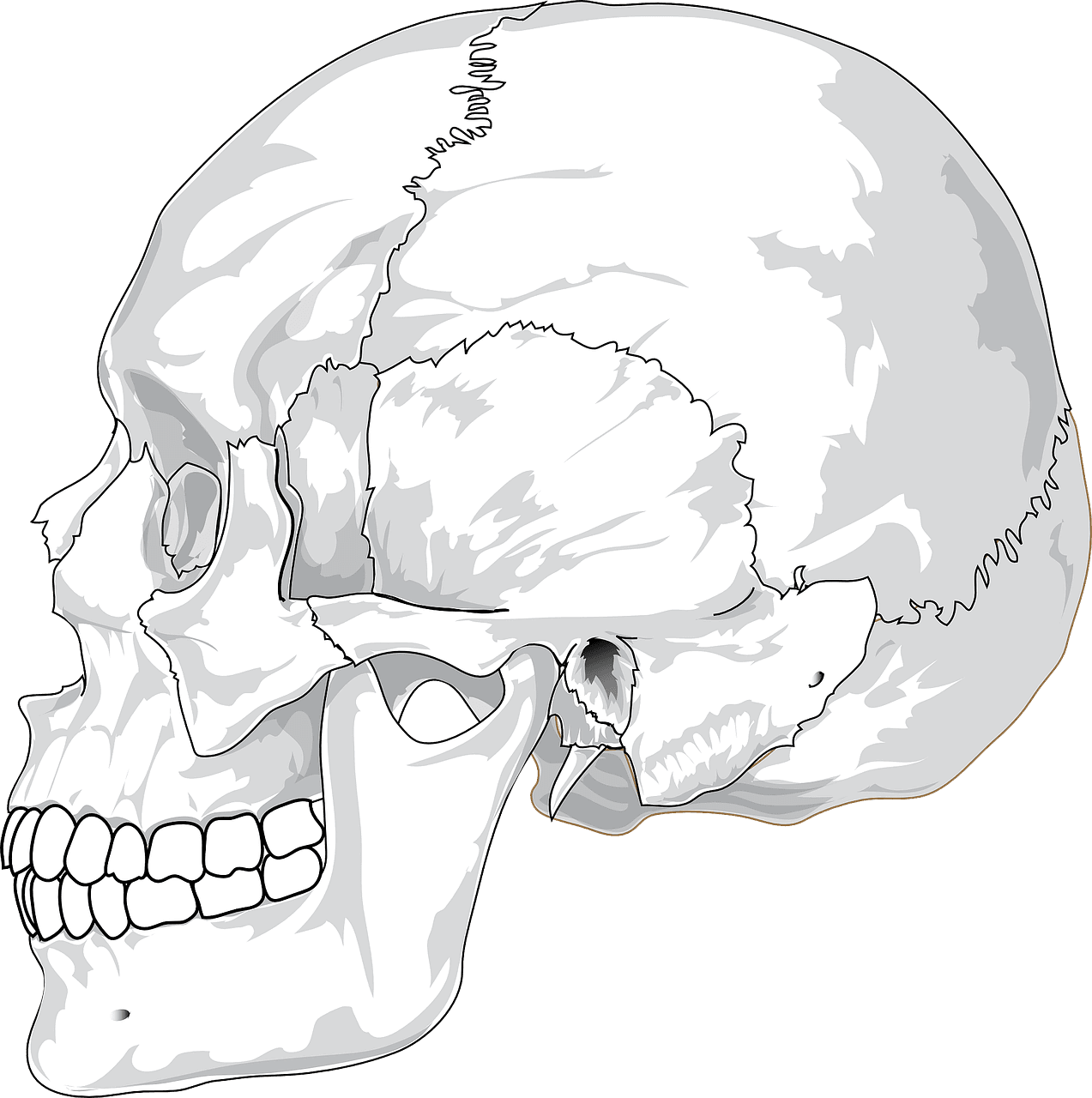For the first time, the Centers for Disease Control and Prevention issued guidelines for spotting concussion symptoms and treating children for them. A statement on the new CDC guidelines says they will ensure doctors will have the “tools they need to ensure the best outcomes for their young patients,” who are diagnosed with traumatic brain injuries.
“More than 800,000 children seek care for TBI in U.S. emergency departments each year, and until today, there was no evidence-based guideline in the United States on pediatric mTBI—inclusive of all causes,” explained Dr. Deb Houry, director of the CDC’s National Center for Injury Prevention and Control, in a press release. “Healthcare providers will now be equipped with the knowledge and tools they need to ensure the best outcomes for their young patients who sustain an mTBI.”
New CDC guidelines announced
The CDC offers 19 sets of clinical recommendations to identify concussion symptoms which need treatment. They include diagnosis, prognosis, and management and treatment. The statement also says the CDC Pediatric mTBI Guideline can be applied to all healthcare providers regardless of practice settings. The new CDC guidelines also outlined several specific actions doctors can take to help children and their parents or caregivers in treating concussion symptoms.
The five key practice-changing recommendations are:
- Do not routinely image pediatric patients to diagnose mTBI.
- Use validated, age-appropriate symptom scales to diagnose mTBI.
- Assess risk factors for prolonged recovery, including history of mTBI or other brain injury, severe symptom presentation immediately after the injury, and personal characteristics and family history (such as learning difficulties and family and social stressors).
- Provide patients and their parents/caregivers customized instructions for returning to activity.
- Counsel patients and their parents/caregivers to return gradually to non-sports activities after no more than two or three days of rest.
“We have heard from healthcare providers that they want and need consistent, current, and evidence-based guidance for diagnosing and managing mTBI. And this guideline can help,” Houry said. “However, we also designed the guideline so it can help inform efforts aimed at supporting families, sports coaches, and schools—who are all integral to keeping children safe and healthy.”
The process of developing the new CDC guidelines for concussion symptoms was pretty strict. Experts used a detailed review of scientific literature and received feedback from many medical experts who have worked with concussions. The public and partner organizations have also been informing the development of the recommendations.
The CDC also created a set of supporting tools and materials to help doctors use the recommendations. There are various screening forms that can help test children and in providing the correct instructions to help patients recover. The tools are made for doctors to quickly take the right actions and improve the level of care in young Americans with mTBI. The materials can be found here.
“CDC is committed to helping those at increased risk for mTBI and other serious brain injuries,” the statement adds.
That said, when it comes to head injures, there is no an approach that can help all conditions of brain injuries in children. However, the CDC guidelines will help many young Americans quickly recover from concussion symptoms.





